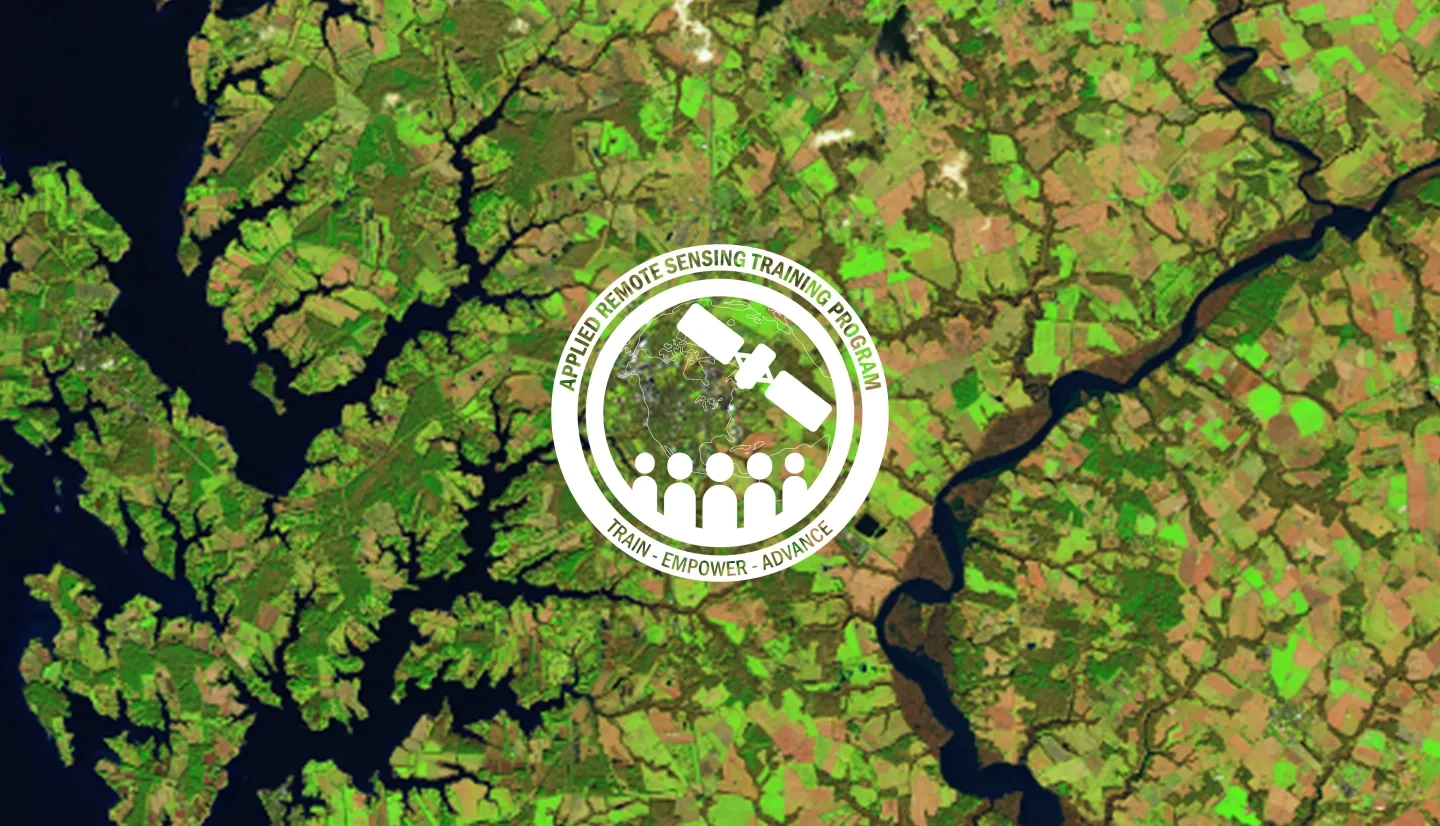Description
Since the launch of NASA’s first Landsat mission in 1972, satellite imagery has been used for global agricultural monitoring, providing one of the longest operational applications for the Landsat program. Although satellite observations of land began with agricultural monitoring, only in recent years has agricultural remote sensing seen reinvigoration among space agencies, national ministries of agriculture, and global initiatives. To monitor agricultural systems, NASA utilizes satellite observations to assess a wide variety of geophysical and biophysical parameters, including precipitation, temperature, evapotranspiration, soil moisture, and vegetation health.
Past ARSET webinars on land and water resources cover remote sensing-derived parameters relevant to agriculture within a broader scope. This four-part, introductory webinar will focus on data products, data access, and case-studies demonstrating how remote sensing data can be used for decision-making among the agriculture and food security communities.
This training will address how to use remote sensing data for agriculture monitoring, specifically drought and crop monitoring. The webinar will also provide end-users the ability to evaluate which regions of the world have agricultural productivity above or below long-term trends. This informs decisions pertaining to market stability and humanitarian relief.
By the end of this training, attendees will be able to:
- Identify which satellites and sensors can be used for agricultural applications
- Understand the limitations of remote sensing and modeled data for agriculture and food security
- Acquire specific remote sensing data products that are appropriate for their work
- Apply remote sensing techniques to crop monitoring, drought, and humanitarian relief
Local, state, federal, private, and non-governmental organizations involved in agricultural monitoring, agricultural policy, food security, agricultural insurance, and humanitarian relief.
- Four 90-minute sessions
This section will cover the ARSET Program and give a general overview of remote sensing as it pertains to agriculture. This part will include the history of Earth observations (EO) for agriculture, satellites and sensors that can be used, the limitations of satellite data, an introduction of NASA HARVEST, examples of current EO applications in agriculture, and a Q&A session.
English:
Spanish:
This part of the training provides an overview of SMAP and case studies for agricultural applications and an overview of soil moisture and shallow ground water from the Land Data Assimilation System (LDAS), as well as a Q&A session.
English:
Spanish:
This section will cover previous ARSET trainings that relate to agricultural monitoring and present case studies of EO being used for agricultural monitoring. There will also be a Q&A session.
English:
Spanish:
This section includes a presentation from guest speaker Dr. Christopher Hain, along with an overview and case studies of ET and ESI in agricultural applications. This section will conclude with a Q&A session.
English:
Spanish:
Supplementary Materials:
Fact Sheets:



